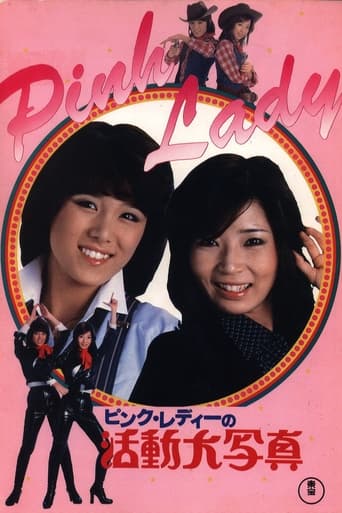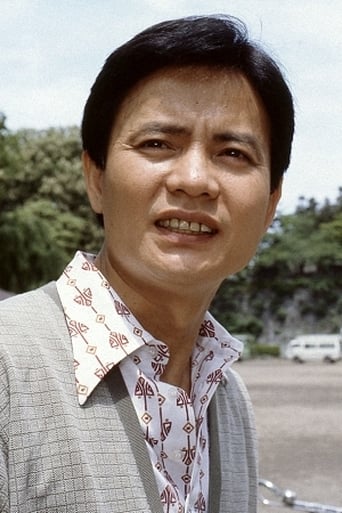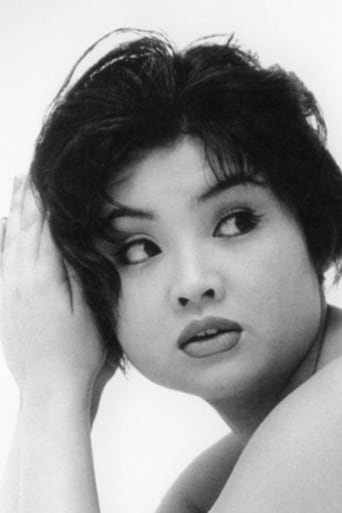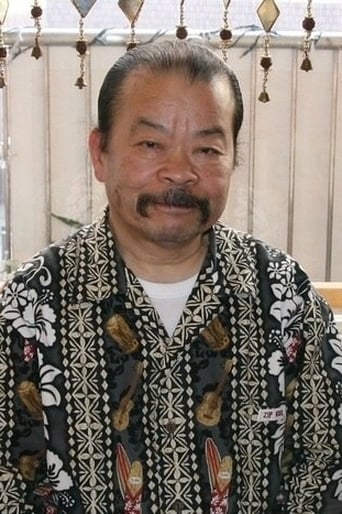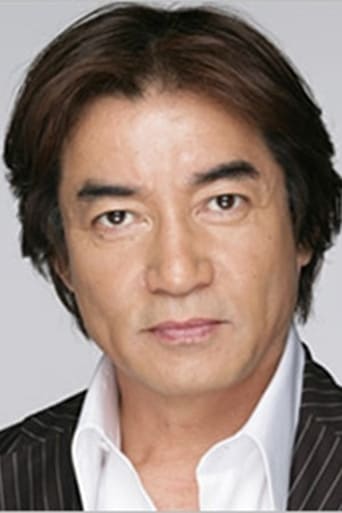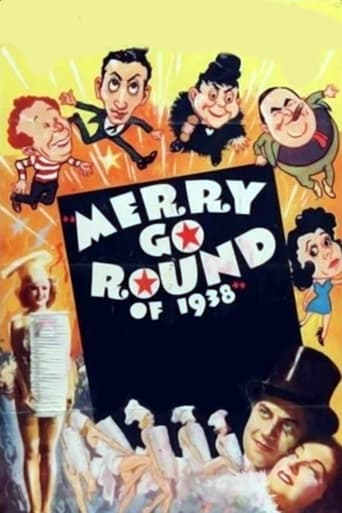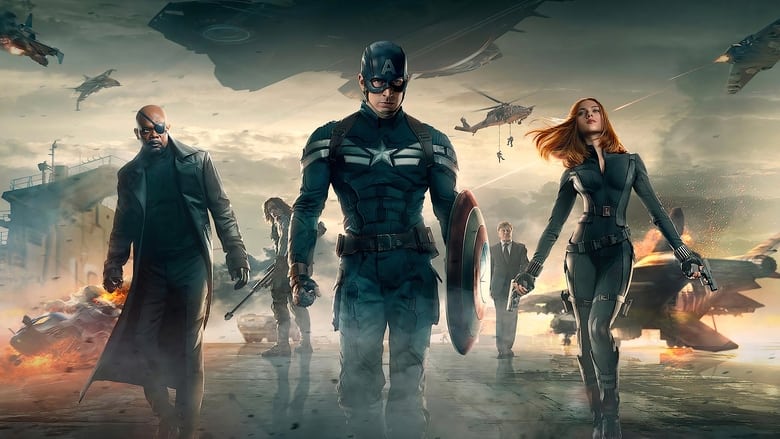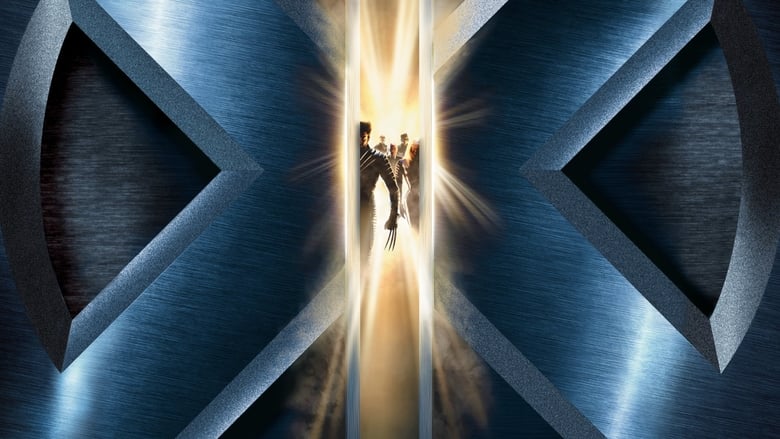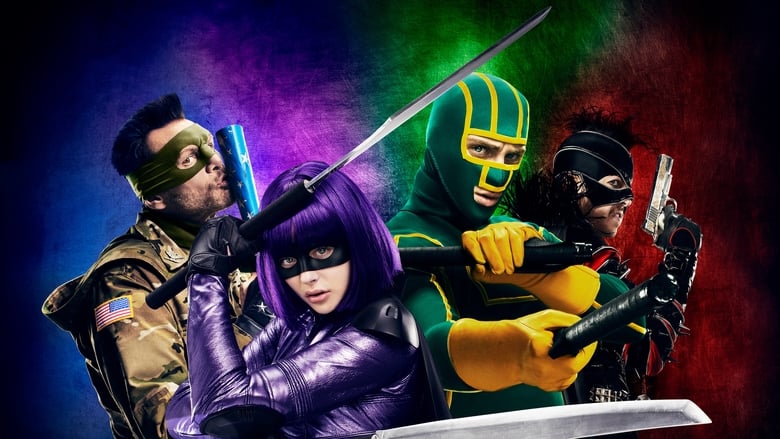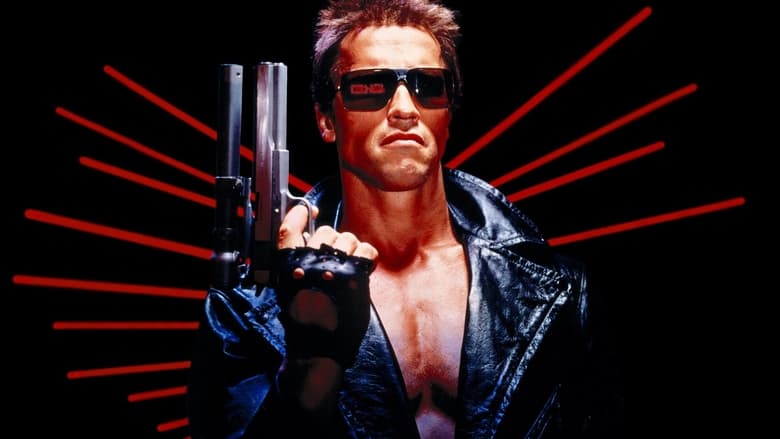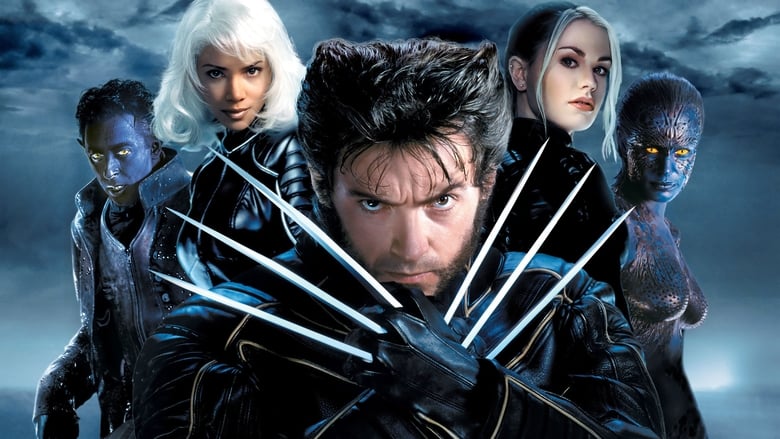The Japanese pop music duo Pink Lady are circus performers who show kindness toward a captured "monster," a sad, furry being (played by a man in a bulky, over-sized pink acrylic costume) who suffers acts of unusual cruelty by the keeper and ringmaster before the girls escape with the creature in a circus trailer.


Similar titles
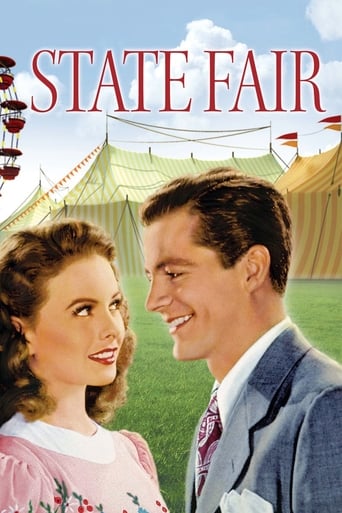

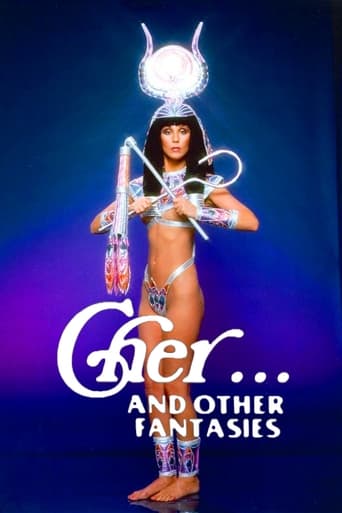
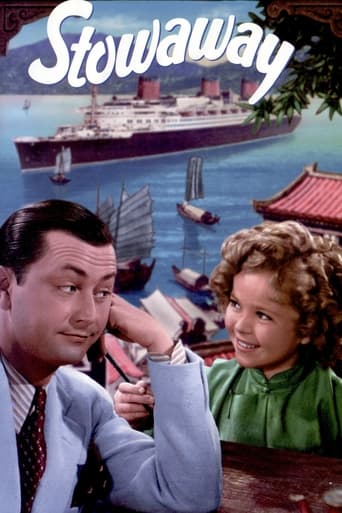
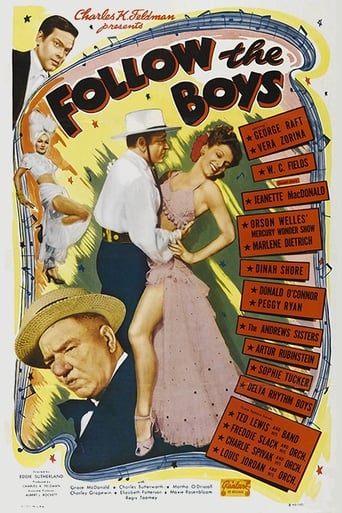
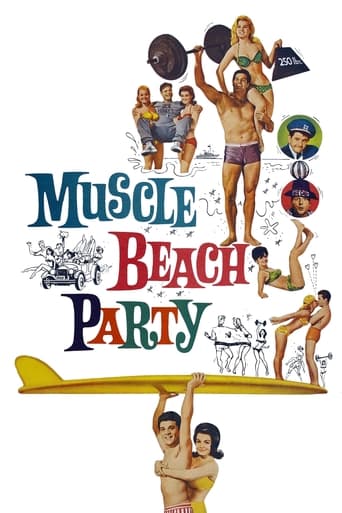



Reviews
Cheesy and juvenile, "Pink Lady No Katsudou Dai Shashin" (Lit. The Pink Lady's Big Picture) attempts to be fun and irreverent (shades of the Beatles "HELP!" or the Monkey's "Head" but it doesn't work. Stars Mi and Kei are likable enough but their charms can't save a film riddled with unfunny skits, cheap and campy sci-fi effects and "Sid and Marty Krofft"-styled high-jinks. It's a pure vanity project that falls flat in its efforts to make the Pink Lady more than just Jpop 70s idols.During the late 70s, the Japanese Pop duo of tall, short-haired Nemoto Mitsuyo(Mi)and long-haired Masuda Keiko (Kei) otherwise known as the "Pink Lady" were the reigning princesses of the Japanese music scene. With their good looks, disco-inspired dance choreography, catchy-ABBA inspired songs they dominated much of the Oricon Japanese Top 40 charts from 1976-1979 and gained a dedicated legion of fans (the so-called "Chameleon Army" named after one of their songs).They were Japan's first true idol group sensation and influenced generations of future JPop singers, imitators and groups such as Wink, BaBe, W (Double), Onyanko Club, Morning Musume, AKB48, Halcali etc. Their bubbly, beat-oriented, fluffy music was in sharp contrast to the somber, folk-song styled, adult rock/Kayokyoku songs of contemporaries like Yamaguchi Momoe.Their hit song such as "S.O.S.", "Peppa Keibu", "UFO", "Wanted", "Monster", "Tomei Ningen" and "Nagisa No Sinbad" are nostalgic Japanese Karaoke standards and have been covered by other Japanese artists.Pink Lady were one of only two Japanese artists to have reached the American Billboard Top 40, hitting #37 with the single "Kiss in the Dark" (the other being Kyu Sakamoto with song "Ue O Muite Aruko/Look Up and Move Forward" AKA Sukiyaki).The Pink Lady may be familiar to some American audiences from their disastrous short-lived 1980 NBC TV variety show "Pink Lady & Jeff", which was co-produced by Sid & Marty Krofft (the men behind such 70s kiddie shows as "H.R. Pufnstuf", "Lidsville", "Land of the Lost" and "Lost Saucer" among many others). With their giddy girlish mannerisms, broken English and amateur acting, awkward renditions of American 70s disco songs, the show was painful to watch and thankfully ended after only a couple of episodes.1978 is seen as their "miracle year" as they were at the peak of their pop stardom and also saw the release of this their only theatrical film.This Toho movie boasted a stellar cast featuring many recognizable Japanese film stars such as Ishidate Tetsuro, Tanaka Kunie, Tanaka Ken, Nabe Osami and Sato Gajiro. It was also written by talented screenwriter "James" Miki who would later go on and write a number of well known NHK dramas like "Mio-Tsukushi", "Dokuganryu Masamune" and "Aoi Tokugawa Sandai".Yet with such talent on board it is surprising how awful the film is. A complete mess no thanks to director Kotani Tsugunobu (The Last Dinosaur) who tries unsuccessfully to craft a movie along the lines of Michael Schultz's equally terrible Bee Gees vanity film "Sgt. Pepper's Lonely Hearts Club Band" (also 1978) which weaves a silly story around the featured musical scores (and sometimes even literally re-interpreting the songs).The main "Pink Lady" story involves Ishidate Tetsuro as a hyper-active producer and Tanaka Kunie as a bumbling film director trying to come up with the "ultimate movie" for the Pink Lady (who play themselves). Ishidate and Tanaka come up with a trilogy of stories which they try to pitch to the Pink Lady over the phone (the stories are re-enacted for the benefit of the audience). The first story is a sappy romance drama which has Mi and Kei as rivals for the affection of a handsome businessman, the second story is a wacky sci-fi spoof which has the Pink Lady encountering a pink baby monster at a traveling circus and trying to help the little monster go back to his UFO to return back to his homeland while protecting him from a trio of dumb villains (a spiteful clown, a short stature trainer and a "Gaijin" ringmaster). Along the way, the Pink Lady get stuck aboard the monster's UFO and get turned into "Tomei Ningen" (invisible girls) in which they use these powers to play silly pranks on unsuspecting lecherous guys.The third story features Mi and Kei as Can-Can girls in a small western town who must team up with a clumsy sheriff to fight off a group of outlaws. Intertwined amidst the stories are concert footage of Pink Lady singing all their hit songs on stage in front of screaming crowds.While it pre-dates Olivia Newton-John's "Xanadu" by a couple of years, it's just as awful at trying to incorporate the Pink Lady's song and dance act into a dramatic storyline. What we get is one long boring music video (and not a very good one either). Kotani must have had the Monkees TV show in mind as this film seems like it belong to there. It's also ironic how some of the film resembles a Sid & Marty Krofft show too as three years later they would team up with the duo.This film is primarily a curio piece for Jpop fans and bad-film aficionados and will test the patience of everyone else with its hopelessly loopy story and terrible overacting.
PINK LADY'S MOTION PICTURE (1978) was an awkward attempt to build a movie around Pink Lady, the name given a Japanese pop music duo consisting of the very pretty short-haired Mie and the long-haired Kei, stage names for Mitsuyo Nemoto and Keiko Masuda, respectively. Their popularity in Japan lasted from 1976 to 1979 before their attempt to break into the American market with the ill-fated TV show, "Pink Lady and Jeff" (1980), which wound up setting back the cause of J-pop in America by nearly 30 years. Mie and Kei were not the most accomplished singers or dancers, but they gained a certain amount of attention from the sexy disco-inspired outfits they wore in concert, generally featuring shiny scanty tops, tight hot pants and gold or silver boots, seen to good advantage in some segments of the movie. Their music has been revived over the years as younger performers, including Morning Musume and the MM-affiliated spin-off duo, W (Ai Kago and Nozomi Tsuji), have done covers of Pink Lady hits (and improved on them considerably, if you ask me). A 2008 Japanese TV movie, "Hitmaker: Aku Yu Monogatari," about songwriter Yu Aku, even cast two members of Morning Musume, Ai Takahashi and Risa Niigaki, as Mie and Kei in a sequence focusing on Pink Lady.In any event, this 83-minute movie, seen only in a Japanese-language edition with no subtitles, offers up the premise of a meeting between a film producer, director and writer seeking to come up with a suitable movie genre to showcase Pink Lady. We are then treated to three imagined movies-within-the-movie. The choices seem designed to diminish whatever potential screen presence the girls might have had. If you could devise an even more ill-conceived framework for presenting pop stars to an audience, I'd rather not know. The movie seems intended as a show biz comedy, yet the first film idea enacted is a soap opera about two sisters, one of whom is an overworked nurse at a busy hospital, and their familial and romantic problems. It's very dramatic and drags on for nearly half-an-hour.If you haven't bailed out by this point, the second story has a little more charm and features the girls as circus performers (in sharp yellow jackets, tights and boots) who show kindness toward a captured "monster," a sad, furry being (played by a man in a bulky, over-sized pink acrylic costume) who suffers acts of unusual cruelty by the keeper and ringmaster before the girls escape with the creature in a circus trailer. The girls make occasional roadside stops to try and teach the monster how to eat with a knife and a fork. This all leads to a chase over Japanese mountain highways and a trip by boat in the direction of Mount Fuji, from which a flying saucer flies up to rescue the creature, revealed to be from an alien race, and bring Mie and Kei along for the ride for some hijinks on board the ship before an eventful return to Tokyo.The third story, filmed on a western set, is a standard Wild West tale with the girls as stage performers at a saloon who get mixed up with a handsome fugitive, an arrogant sheriff, and some leering bad guys. Everything's overplayed quite a bit, and sometimes the conferring creators back in the hotel room interrupt the story to make a change or stop the director, playing the sheriff, from kissing Mie in a scene he's crafted for himself. There is ample gunfire and outdoor chase action, but not much in the way of comedy. And when we first see the duo perform on stage, they're in unwieldy long dresses, with long sleeves and high collars, the last thing dance hall girls would wear. They look like they're about to get on a stagecoach, not a stage. Given the sexy costumes they wear in abundance everywhere else, this design choice is just plain weird.In an odd touch, one of the stories ends on an alarming tragic note. There are other bizarre elements. In the circus/UFO story, there's a scene where several Tokyo schoolboys chase and physically attack some schoolgirls and try to pull their skirts and blouses off in broad daylight before Mie and Kei, now invisible thanks to alien technology, manage to intervene on the schoolgirls' behalf. In the western segment, the girls are manhandled quite roughly by some outlaws in one scene.Fortunately, there are songs spread throughout the film. Sometimes the songs are part of the narrative, as when the girls sing "Monster" to the pink alien at the circus, or when they perform on stage at the saloon. Most of the time, we just see shots taken from a concert, clearly filmed for use in the movie. (In the soap opera segment, the girls keep turning on the TV, only to see Pink Lady in concert.) They don't often get to finish the songs, but all ten of their first ten singles, including "Southpaw," "UFO," and "Pepper Keibu," are featured on the soundtrack.I honestly don't think English subtitles would have improved this one. All in all, I had a much better time with an earlier J-pop musical seen last month, also without subtitles, JANKEN MUSUME (1955), starring Japanese recording legend Hibari Misora and also reviewed on this site.
